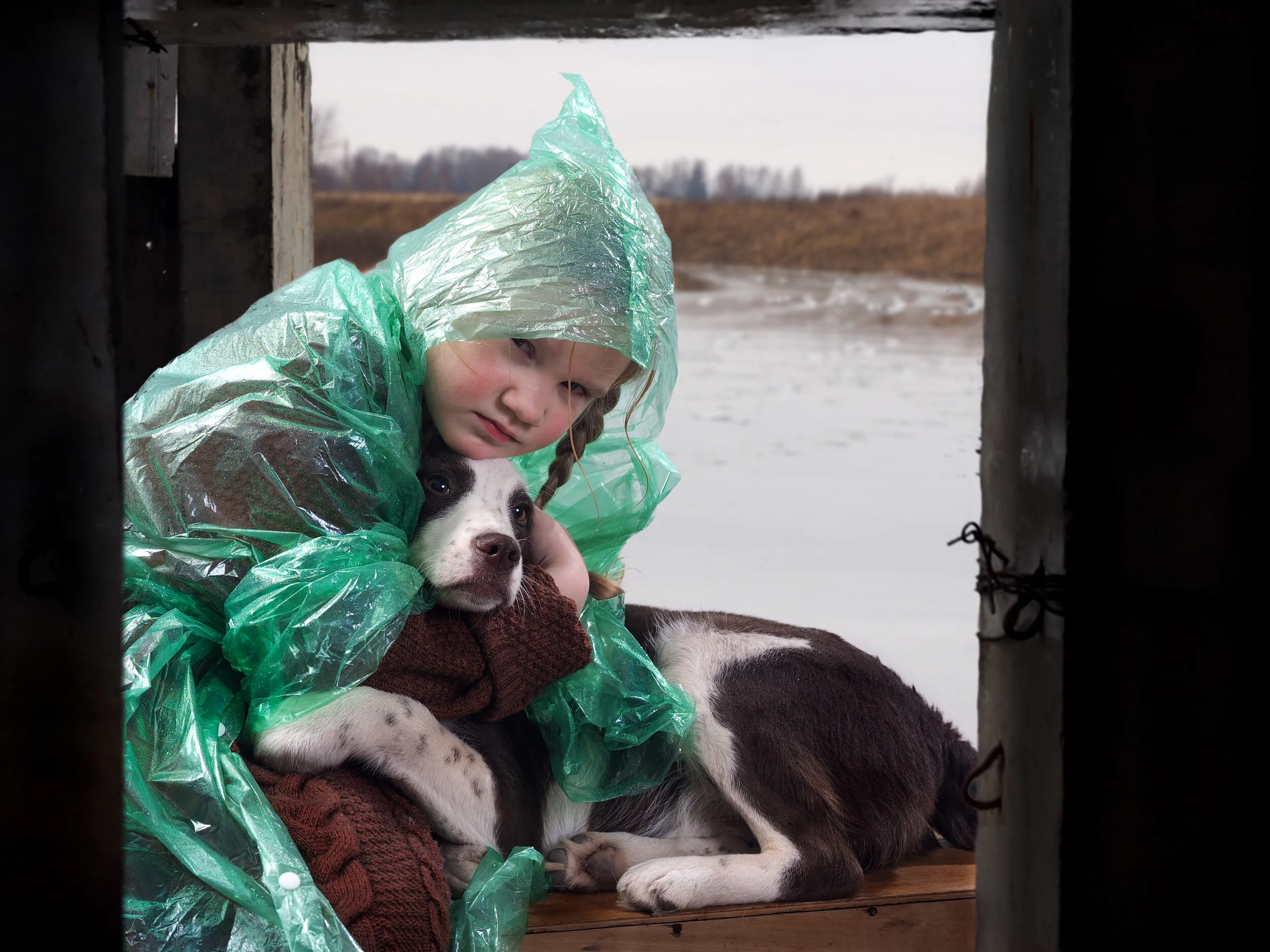Everyone is at risk of some kind of natural or manmade disaster at least part of every year. Between tornadoes, hurricanes, earthquakes, wildfires, floods, and more, some areas are at risk year-round for some kind of emergency. Making a simple plan and keeping some supplies on hand is the best way to prepare, but don't forget your pet when preparing for disasters.
Here's a pet emergency checklist of ways to include your animals
in your disaster preparedness efforts.
Pack an Emergency Kit
Put together some emergency supplies that are just for your pet or pets. If the pet is immobile in some way, such as fish in a large tank, keep the supplies near their tank or enclosure so they can be used as needed. For all other pets that are easier to transport, keep the kit portable so it can go with you and your animals. Tailor the kit to the specific pets in your home. A family with a miniature horse and a tegu lizard will need different items than a person who owns a cat and a dog. Some good items to pack include:
1 to 2 week supply of each animal's food and enough water for that period
Any preferred litter and a collapsible or set of disposable pans for cats, rabbits, and other housebroken animals
Contact information for family members and area veterinarians, including the pet's primary vet
Harnesses, collars, carriers, crates, cages, and other containment or handling equipment
Extra supplies of essential medications, or at least a list of them that you can share with an unfamiliar vet if necessary
Your personal information and photos of you and your pets in case of separation
Life jackets and pet boots/paw protectors in case of flooding or the need to escape through fire conditions.
Map Out Evacuation Routes
Understand the Biggest Risks
Knowing the disaster risks particular to your area is essential for proper planning. For example, an earthquake is more likely to happen without warning while you're at work than a storm. If you're separated from your pet during the disaster, you'll need a different plan than if you're together. Check out the websites of the National Weather Service (NWS) and Federal Emergency Management Agency (FEMA) for information on the particular risks of your area and how to best prepare for them.
Plan for Transportation
You may use public transportation to take your small pet to the vet right now, but what if the services were shut down? Having a family member or friend with a vehicle to transport your pets is great, and it works best if you coordinate on evacuation plans long before an emergency. Larger pets need greater amounts of planning for transportation. A horse or whole stable will need much more coordination and specialty equipment than a cage full of fancy rats. No matter the size or type, you should be able to coordinate some kind of transportation option for emergencies. If you must rely on a professional transport service, plan to evacuate your animals early to a boarding facility or friend's home out of the area. Don't try to wait until the last minute when services may not be available.
Keep up with routine checkups and vaccinations year-round to ensure your pet is always ready for emergencies.
Make an appointment today to make sure your animal companion is in good shape and to catch any early warning signs of serious conditions.

